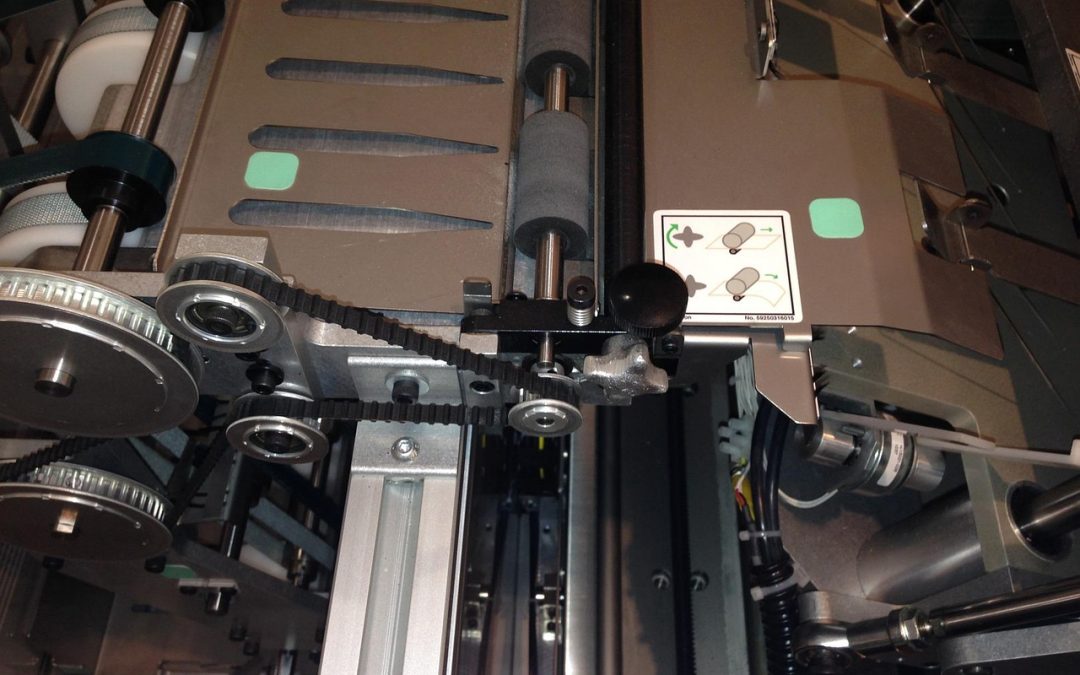As writers, we’ve all been there – staring at our manuscripts, wondering how to get them into the hands of readers who matter most. Traditional publishing can be a daunting and often disappointing journey, which is why self-publishing has become an attractive option for many. But, where do you start? What are the secrets to self-publishing success? In this post, we’ll dive into the world of self-publishing, and uncover the secrets that will help you publish your work with confidence.
Demystifying Self-Publishing
Self-publishing is often misunderstood as being low-quality or unprofessional. However, with the right tools and mindset, self-publishing can be a powerful way to get your work out to the world. One of the biggest misconceptions about self-publishing is that it’s easy. While it’s true that anyone can self-publish, producing a high-quality book that resonates with readers takes time, effort, and dedication.
So, what does it take to self-publish? According to Self-Publishing Success, it takes a willingness to learn, adapt, and put in the hard work necessary to produce a professional-looking book. It’s not just about writing a great manuscript, but about understanding the entire publishing process, from editing to formatting to marketing.
The Importance of Editing and Formatting
Once you’ve written your manuscript, the next step is to edit and format it. This is where many self-publishers go wrong. Editing is not just about checking for grammar and punctuation errors, but about refining your writing, cutting unnecessary scenes, and making sure your story flows smoothly. Formatting, on the other hand, is about presenting your work in a way that’s visually appealing to readers.
When it comes to editing, I recommend using a tool like Vellum, which is specifically designed for formatting ebooks. For print books, you can use a design tool like Adobe InDesign or Canva. These tools will help you create a professional-looking interior and cover design that will make your book stand out.
- Use beta readers to get feedback on your manuscript before editing.
- Hire a professional editor to review your work.
- Use formatting tools like Vellum or Canva to design your interior and cover.
Printing and Binding: The Final Touches
Once your book is edited and formatted, it’s time to think about printing and binding. This is where many self-publishers get stuck. What kind of paper do you choose? What’s best for your book? Do you go for a matte or gloss finish?
The truth is, there’s no one-size-fits-all answer to these questions. It all depends on your book and your audience. However, here are some general tips to keep in mind:
- Choose a high-quality paper that’s suitable for your book’s genre (e.g., 80gsm for poetry, 100gsm for fiction).
- Consider using eco-friendly paper options that are sustainable and environmentally friendly.
- For binding, you can choose from a range of options, including perfect binding, saddle-stitching, and Coptic binding.
“The biggest risk is not taking any risk… In a world that changing really quickly, the only strategy that is guaranteed to fail is not taking risks.” – Mark Zuckerberg
This quote couldn’t be more relevant to self-publishing. Taking risks, trying new things, and being willing to adapt is what sets successful self-publishers from those who struggle to get their work out to the world.
Marketing and Promotion: Getting Your Book Out There
Once your book is printed and bound, it’s time to think about marketing and promotion. This is where many self-publishers get stuck. How do you get your book in front of readers who matter most? The answer is, there’s no one way to do it. You need to be willing to try different strategies, track what works, and adapt.
Some tips for marketing and promotion include:
- Building an email list of readers who are interested in your work.
- Using social media platforms to connect with readers and promote your work.
- Running promotions and giveaways to generate buzz around your book.
- Reaching out to book bloggers and reviewers to get your book reviewed.
If you’re new to self-publishing, it can be overwhelming, but the key is to start small, be patient, and be willing to learn and adapt. Remember, self-publishing is a journey, not a destination. It takes time, effort, and dedication, you can produce a high-quality book that resonates with readers.
If you’re interested in learning more about self-publishing, check out our post on How to Write a Chapbook in 30 Days, which covers the ins and outs of writing a chapbook in just 30 days. You can also read our post on Why Chapbooks Matter in Modern Publishing, which explores the role chapbooks play in modern publishing.

